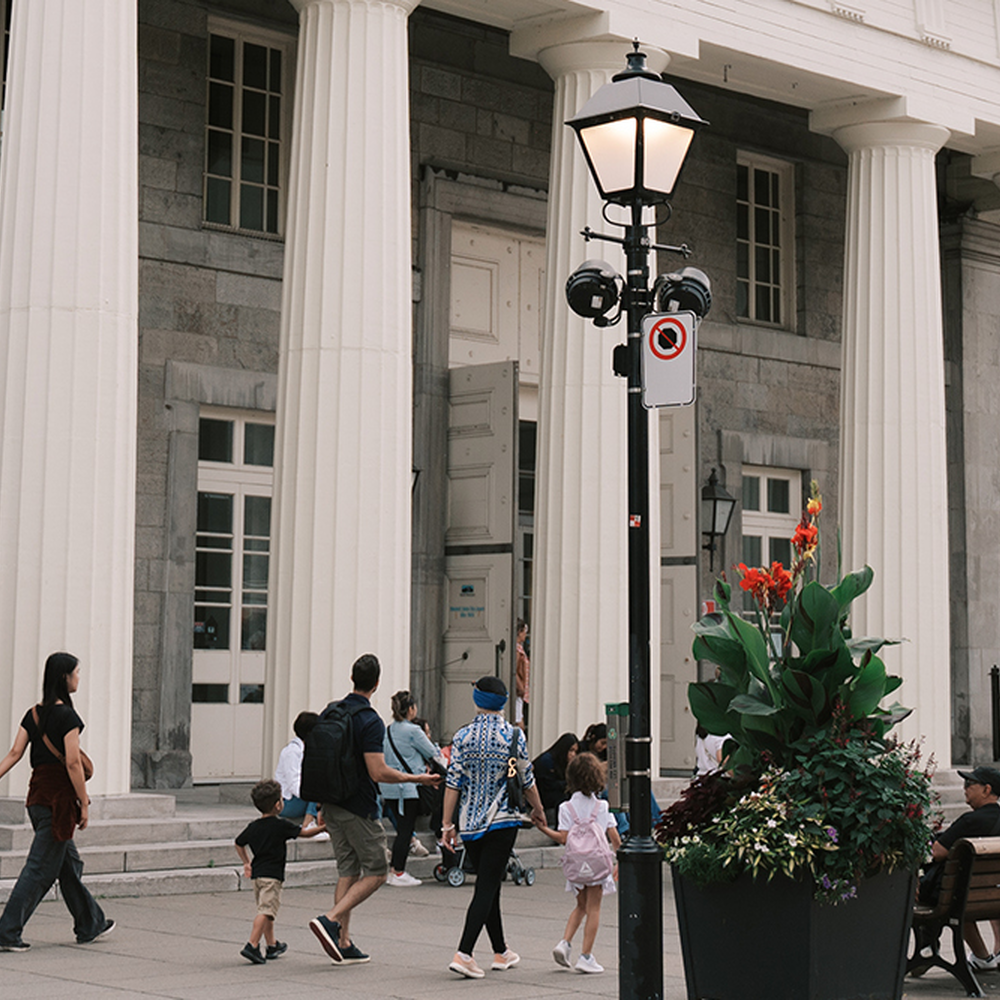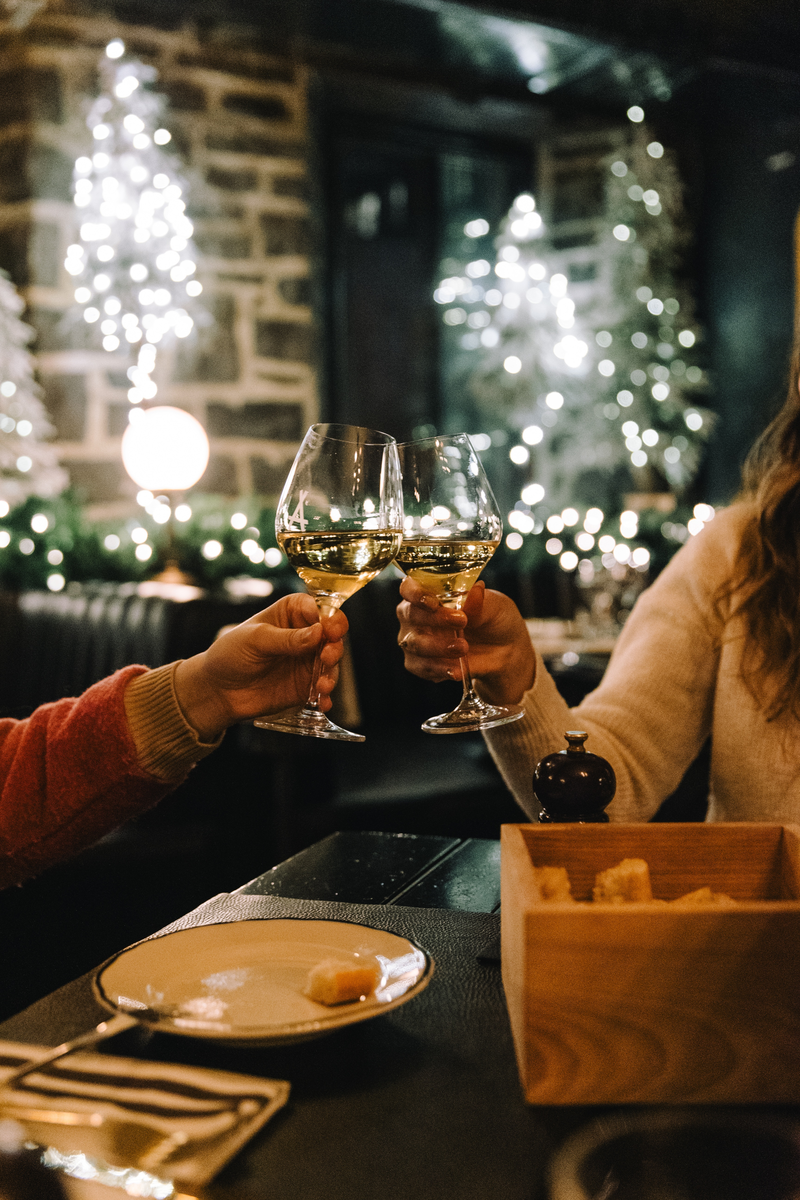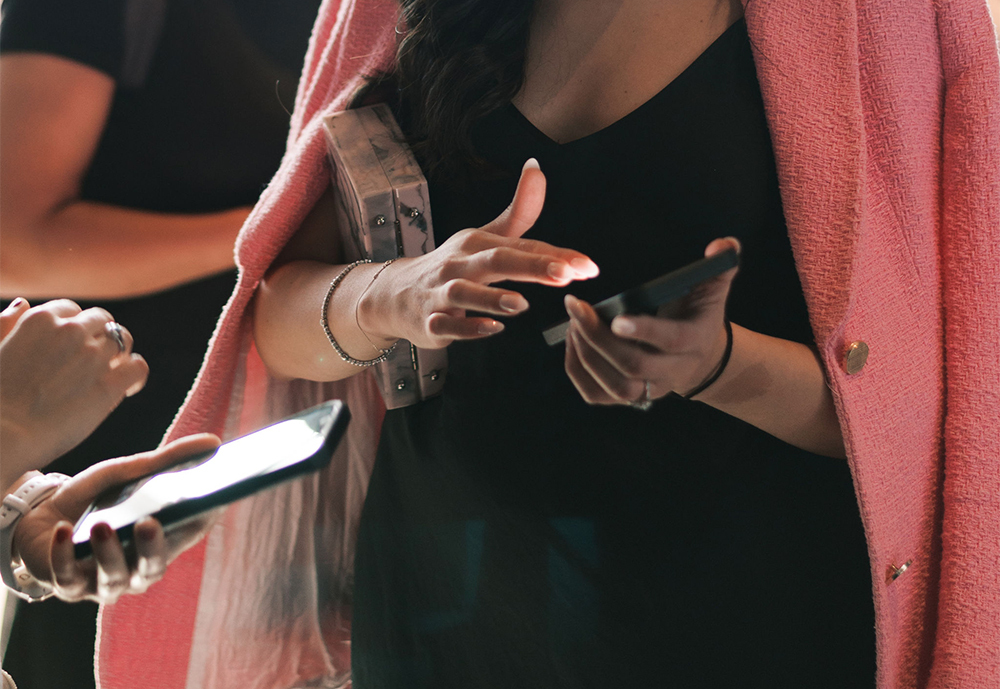Search
SearchEventBusinessWhat to doMembers ResourcesEconomic Information
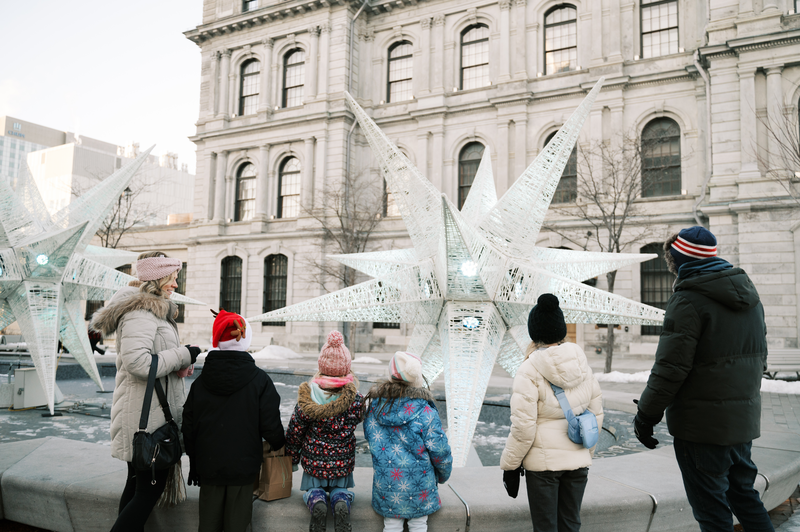
 18 November 2025An Old Montreal Guide to Holiday Hosting With the Most
18 November 2025An Old Montreal Guide to Holiday Hosting With the Most 17 November 2025New Year’s Eve in Old Montreal: Where to Say “Hi!” to 2026
17 November 2025New Year’s Eve in Old Montreal: Where to Say “Hi!” to 2026 15 November 2025Giving the Gift of Culture in Old Montreal
15 November 2025Giving the Gift of Culture in Old Montreal 10 November 2025Your Best Christmas Gifts Are in Old Montreal!
10 November 2025Your Best Christmas Gifts Are in Old Montreal! 30 October 2025Old Montreal : Notable newcomers of 2025
30 October 2025Old Montreal : Notable newcomers of 2025 10 October 2025Your Monthly News from the Old Montreal
10 October 2025Your Monthly News from the Old Montreal 9 October 2025The Fun That Is Fall in Old Montreal
9 October 2025The Fun That Is Fall in Old Montreal
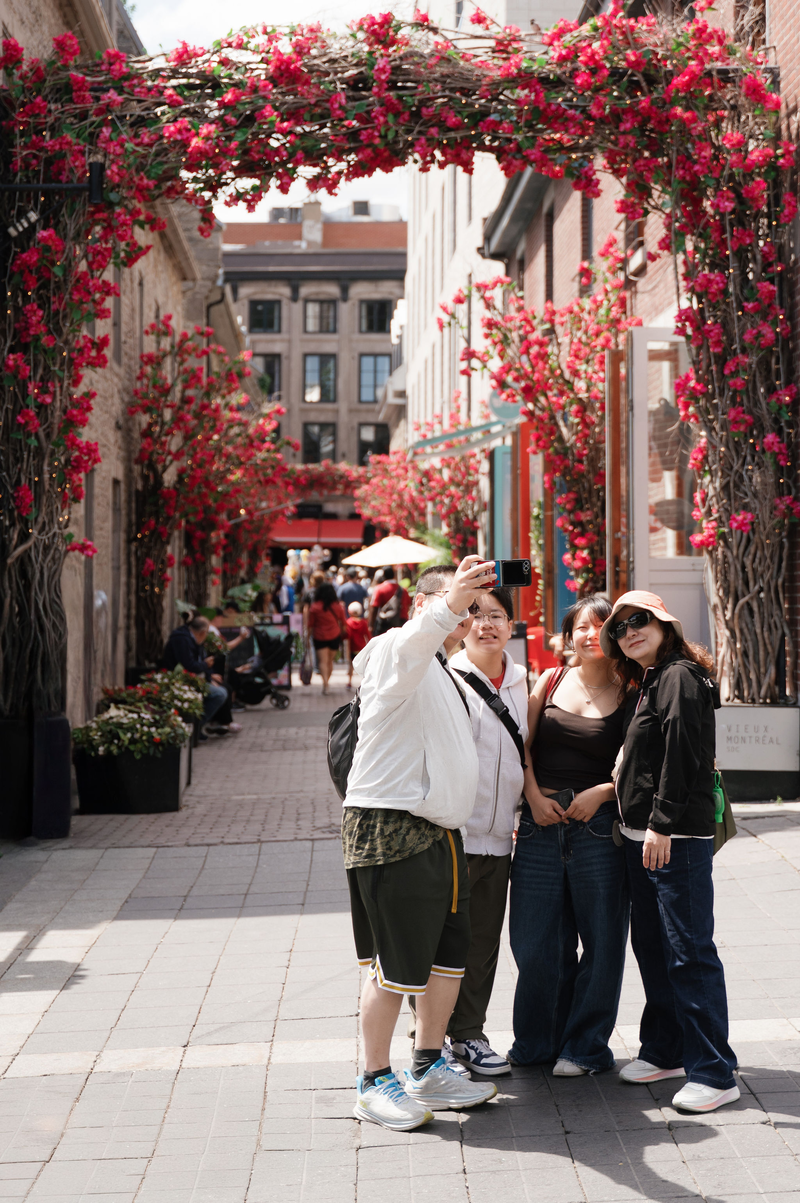 22 August 2025Thoughtful Layouts at the Heart of the Human Experience
22 August 2025Thoughtful Layouts at the Heart of the Human Experience


 4 June 2025Grand Prix festivities in Old Montreal
4 June 2025Grand Prix festivities in Old Montreal

